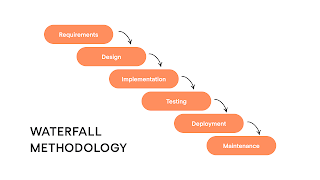Basic Product Management Jargons - II

Hello readers👋 Today we will learn about basic jargons used in Product Management. It is a continuation of my previous blog where I had discussed about a set of basic PM jargons. If you haven't read it here's the link - Basic Product Management Jargons - I PRD - A Product Requirements Document (PRD) is a document which helps the development, design, marketing and sales team understand the requirements/ essential details for a product or feature. It is intended to help the team to deliver the specific needs of the target audience. Some key components of a PRD are - product overview, objectives and goals of the product/feature, Requirements, User Scenarios and Use Cases, Wireframes/Mockups, Dependencies and Constraints, Acceptance Criteria, etc. A PRD can be updated throughout the product development process. A/B Testing - Also known as split testing or bucket testing, this is a UX research method used to compare two versions of the same feature/product to check which one perf...



